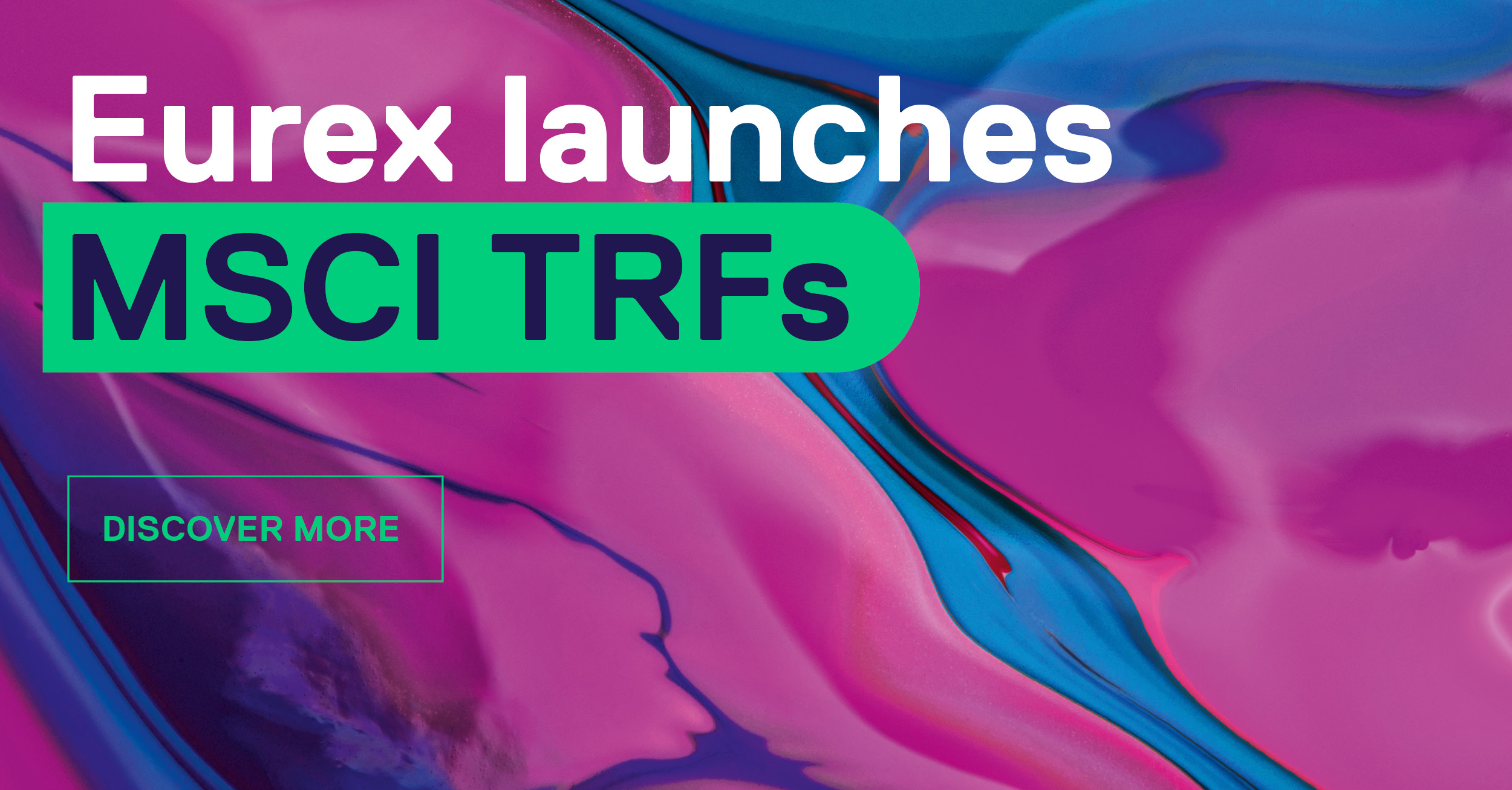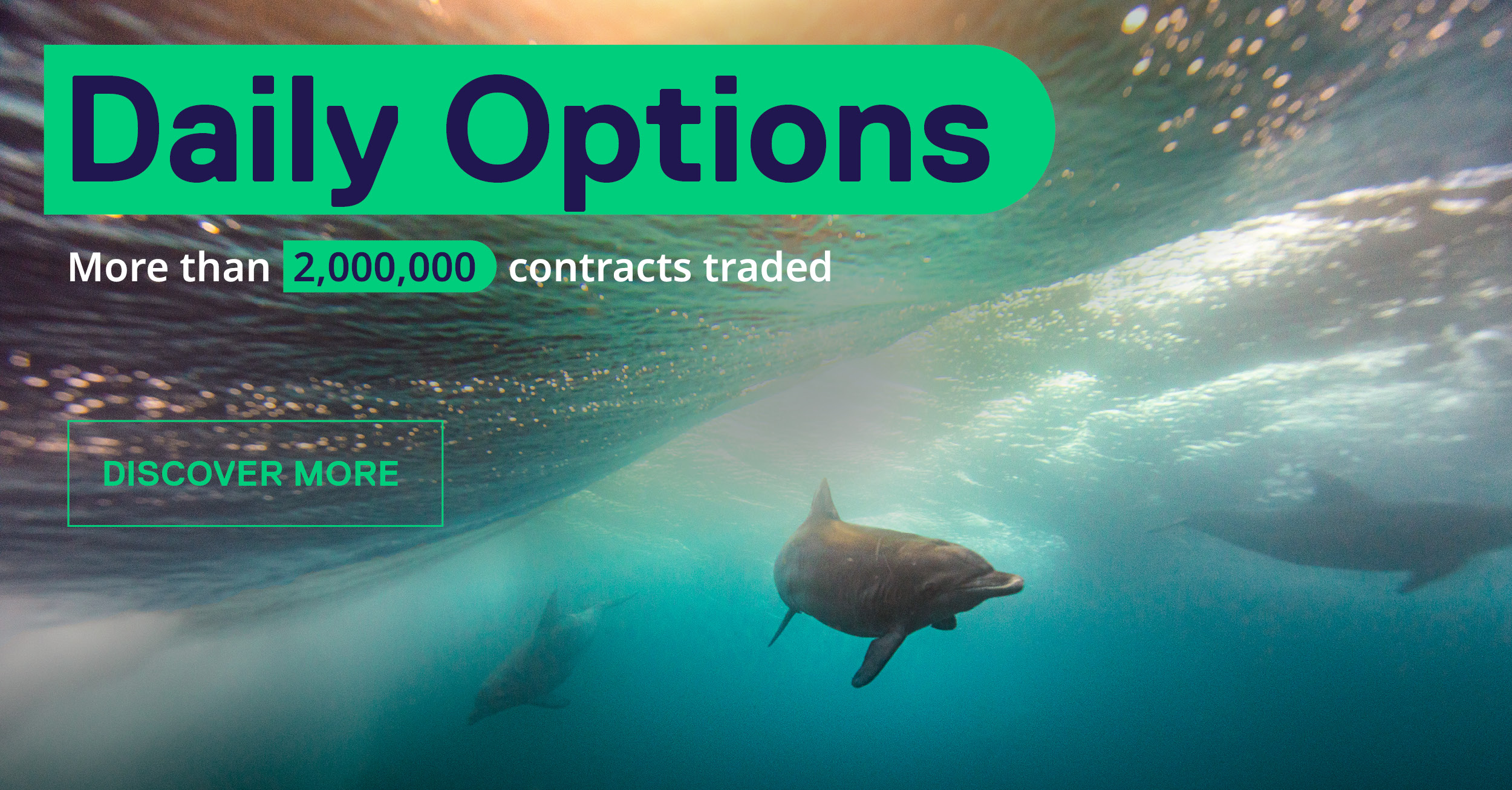Eurex introduced T7 Release 9.0 in November 2020. An overview of the release items relevant for Trading Participants is available on this website.
Simulation start: 14 September 2020
Production start: 23 November 2020
Eurex provides a dedicated release simulation environment to give Trading Participants and Independent Software Vendors (ISVs) the opportunity to perform comprehensive testing. T7 Release 9.0 is available via the T7 Cloud Simulation since 14 August 2020. The T7 Cloud Simulation allows to test against the current T7 production and simulation software versions. For more information on the T7 Cloud Simulation, please refer to the T7 Cloud Simulation website.
New Features and Enhancements / Participation requirements
Eurex will introduce the following functional enhancements with T7 Release 9.0:
TED spreads
Eurex introduced standardised TED spreads based on the fixed-income Schatz future (FGBS) and the two-year bundle of the Euribor future (FEU3) consisting of eight consecutive maturities covering a time frame of two years. Additional TED spreads based on a different short-term interest rate future (e.g. €STR future), also covering two years, may follow. Since both futures are denominated in euro, the corresponding IPS type may also be denoted as European TED spreads.
Basis Trading for Eurex EnLight
This functionality allows a negotiation workflow for outright futures trading. The goal is to reduce the underlying delta risk of the responder as the negotiation is only around the basis between the underlying and the future. The execution of the underlying by the responder (outside of the T7 system) is proceeded after a deal of the basis has been agreed. The final trade price is dependent on the execution price reached in the underlying by the responder as the futures price will be newly calculated using the execution price and the basis.
Electronic processing of off-book reversals
The Eurex Trade Entry Service (TES) workflow has been extended and include reversal processing. The initiator of the TES trades is the only person within the TES workflow who knows all counterparties of the TES trade and all approvers see the initiator as the counterparty. Once a counterparty wants to reverse the TES trade, instead of contacting Eurex Market Operations, the counterparty will contact the initiator of the TES trade and ask the initiator to trigger the TES trade reversal. Once the reversal request for each TES trade side has been approved, Eurex Market Operations must confirm the reversal. After this approval, the corresponding TES trade /all related TES Deals on leg instrument level will be automatically reversed.
Customer Handling Instruction field (FIX tag 1031)
Eurex now offers its Trading Participants the possibility to tag orders or TES trades submitted with Trading Capacity A according to the valid values defined by FIA using the FIX tag 1031. In case tag 1031 is left blank, an exchange default value will be applied.
New T7 FIX LF Gateway
Eurex hast started to integrate the FIX gateway closer to the T7 architecture. This new customer interface, using the FIX 4.4 Protocol, will be offered in parallel to the existing FIX interface and will replace the existing interface after a transition period. Eurex will first introduce the new T7 FIX LF Gateways for back-office sessions in Q1 2021.
The communication calendar and presentation for T7 Release 9.0 are now available.
Corresponding Circulars
Corresponding Newsflashes
System Documentation
If you have any questions or require further information, please contact us at client.services@eurex.com.


